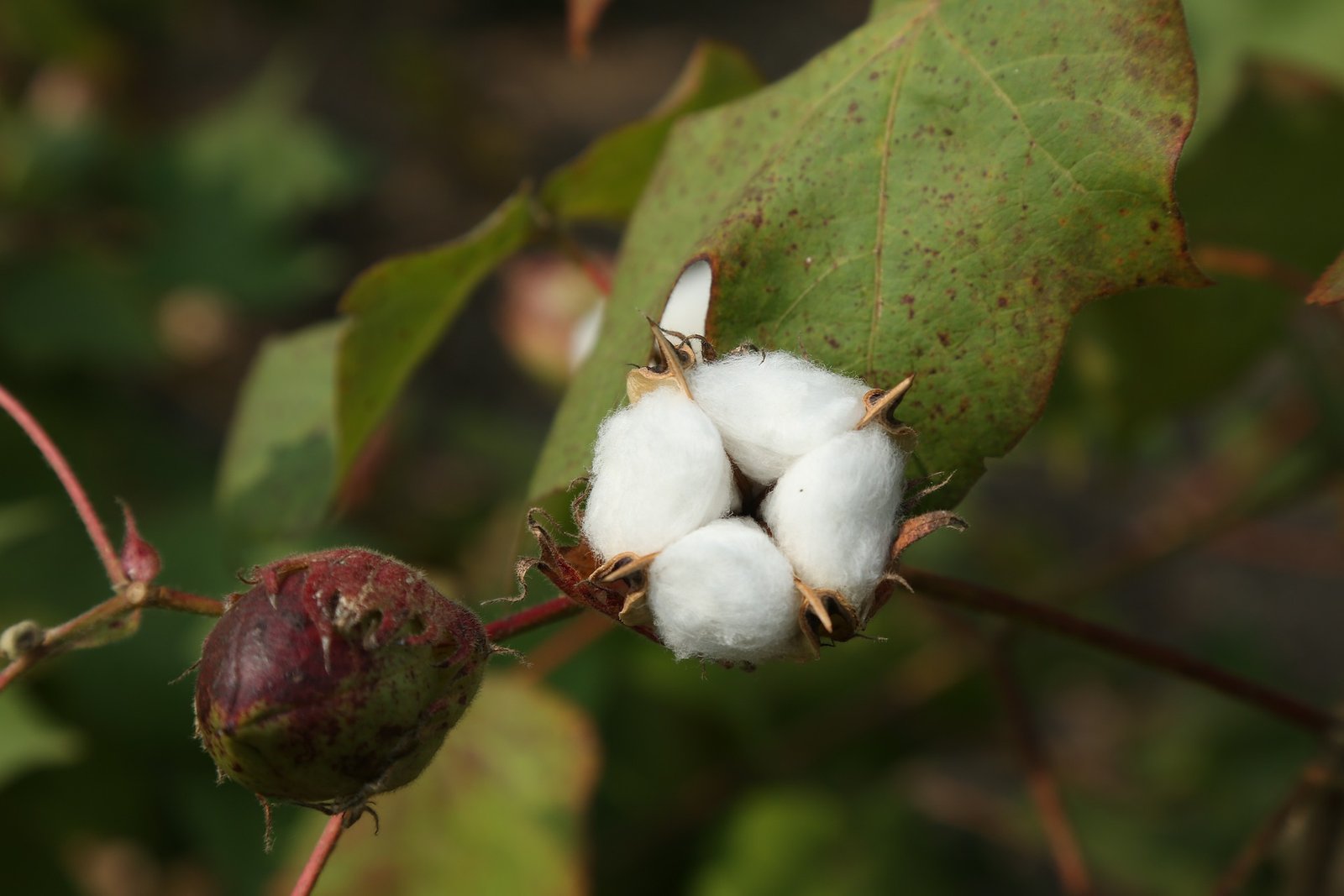Natural Fabrics vs. Manmade Fabrics: What’s Better for the Clothing?
Today’s fashion isn’t just about looking good, it’s about feeling good and doing good for the planet. As more consumers become conscious of the materials used in their clothes, the debate between natural fabrics and manmade fabrics in the clothing industry.
Whether you’re a fashion brand, a startup designer, or simply a style enthusiast, understanding the pros and cons of each fabric type can help you make smarter, more sustainable decisions.
What Are Natural Fabrics?

Natural fabrics are made from resources found in nature, Either plants or animals. They’ve been used for centuries and are often praised for being eco-friendly and kind to the skin.
Popular Natural Fabrics: –
- Cotton: Soft, breathable, and extremely common.
- Linen: Light, airy, and perfect for hot climates.
- Silk: Luxurious and shiny, made by silkworms.
- Wool: Warm and insulating, comes from sheep.
- Hemp: Highly durable and sustainable, grows fast with minimal water.
Pros of Natural Fabrics
✅Skin-Friendly
Soft and non-irritating—great for sensitive skin.
✅Environmentally-Friendly
Made from renewable sources and biodegradable.
✅Breathable
Keeps you cool and absorbs moisture.
✅Luxurious-Feel
Natural fabrics like silk and wool offer a premium look.
Cons of Natural Fabrics
❌Higher-Cost
Often more expensive, especially when organic.
❌High-Maintenance
Many need delicate care—like handwashing or dry cleaning.
❌Wrinkle-and-Shrinkage-Issues
Cotton, linen, and others may wrinkle or shrink easily.
❌Slower-Production
Growing and harvesting takes time, affecting supply chain speed.
What Are Manmade Fabrics?

Manmade fabrics also known as synthetic or artificial fabrics, are created through chemical processes in factories. These fabrics are engineered to overcome some limitations of natural materials.
Common Manmade Fabrics:
- Polyester: Strong, wrinkle-resistant, and affordable.
- Nylon: Lightweight and used widely in activewear.
- Acrylic: Wool-like, but synthetic.
- Rayon: Semi-synthetic, smooth and shiny.
- Spandex (Lycra): Very stretchy and used in performance wear.
Pros of Manmade Fabrics
✅Budget-Friendly
Generally cheaper to produce and buy.
✅Low-Maintenance
Machine-washable, quick-drying, and wrinkle-resistant.
✅Durable
Long-lasting, even with frequent use.
✅Performance-Oriented
Can be water-resistant, stretchy, or even flame-retardant.
✅Fast-Production
Easier to produce at scale—perfect for fast fashion.
Cons of Manmade Fabrics
❌Environmental-Concerns
Made from non-renewable resources and non-biodegradable.
❌Poor-Breathability
Can trap heat and moisture, especially in hot weather.
❌Possible-Skin-Reactions
Some people experience irritation or allergies.
❌Microplastic-Pollution
Sheds plastic fibers during washes, harming marine life.
Natural vs. Manmade (A Quick Comparison)
| Feature | Natural Fabrics | Manmade Fabrics |
| Source | Plants & Animals | Chemicals & Synthetic |
| Eco-Friendly | ✅ Yes | ❌ Mostly No |
| Biodegradable | ✅ Yes | ❌ No |
| Comfort | ✅ Breathable & Soft | ❌ May trap heat |
| Durability | Moderate | ✅ High |
| Cost | ❌ Higher | ✅ Lower |
| Care | ❌ More attention | ✅ Easy maintenance |
| Luxury Appeal | ✅ High-end look | ✅ Can mimic natural |
| Stretch & Flexibility | ❌ Limited | ✅ Excellent (Spandex) |
| Wrinkle Resistance | ❌ Low | ✅ High |
Blended Fabrics: The Best of Both Worlds
Blends are becoming increasingly popular to combine the strengths of both fabric types.
- Cotton-Polyester: Comfortable and wrinkle-resistant.
- Silk-Rayon: Luxurious feel at a lower cost.
- Recycled synthetics: Better for the planet than virgin fibers.
Emerging technologies are even making synthetic fabrics more biodegradable and eco-friendlier, paving the way for greener fashion.
Conclusion: –
In today’s conscious fashion era, the choice between natural and manmade fabrics goes beyond texture and price, Peoples are aware for commitment to sustainability.
Natural fabrics offer comfort, breathability, and eco-friendliness but often at a higher cost and care level. Manmade fabrics bring performance, affordability, and convenience, yet may harm the environment.
Smart fashion is about balance. Whether you go natural, synthetic, or blended, the key is to make informed, intentional decisions that serve both your customers and the planet. This is also our moral responsibility to save the natural resources for upcoming generations.
